From heathery moors to rolling hills and underground caverns, the Peak District is home to some of the most majestic landscapes in the country
In the Peak District, heritage takes different forms. Britain is home to 15 National Parks, and the oldest of them is found right here. This much-loved swathe of the Midlands, covering some 555 square miles of dramatic hill terrain, was the very first National Park to be created, back in 1951. To many minds, it still belongs at the top of the pile.
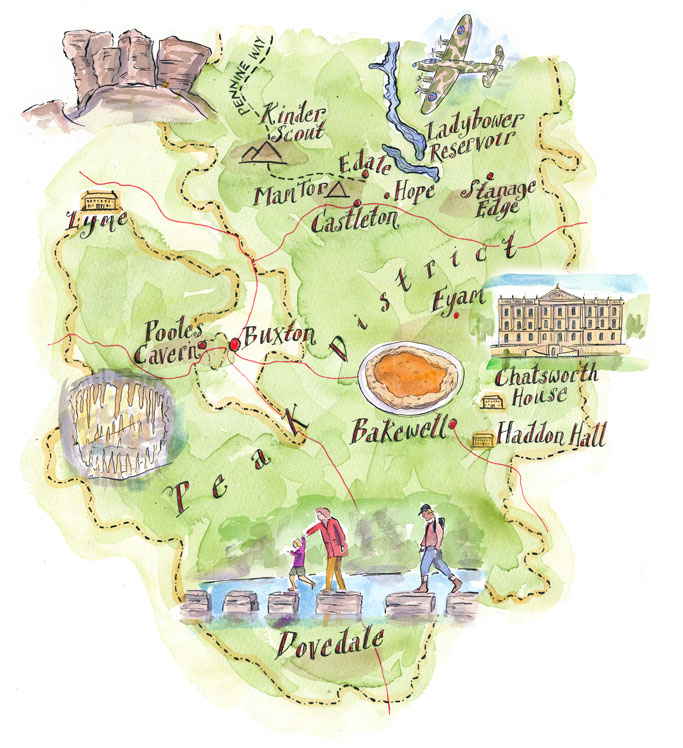
But the history of the Peak District extends way beyond a mid-20th-century assignation. Neanderthal stone tools have been found in its caves, Bronze Age burial mounds still hunch on its ridges and the remnants of age-old hillforts litter its slopes. The Romans came here too, setting out roads and mining for lead, an abundant mineral which later brought fortune to local landowners. The end result is an area dotted with grand stately homes and ancient remains, all of them dwarfed by the wide-open wonders of the landscape itself.
Looked at on the map, unfurled in the green space between Sheffield, Derby and Manchester, the region can be divided into two quite separate areas. The northern half of the National Park, sitting on gritstone rock and characterised by high areas of open moorland, is known as the Dark Peak. The southern half, formed of limestone and playing home to gentle dales, burbling rivers and ash woodland, is known as the White Peak.
Both are fascinating in their own right. The Dark Peak contains the iconic plateau of Kinder Scout, where a mass trespass of 500 walkers in 1932 led to a change in the laws regarding access rights, something the country as a whole still benefits from today. Of the two, however, it’s the White Peak which holds more appeal for the first-time visitor, not least because of the variety of its attractions.
Many of these places of interest are manmade. The wider region contains history-rich market towns like Bakewell, home to the famed pudding of the same name, and Buxton, once a fashionable spa resort and still renowned for its spring water. You’ll also find fascinating little villages such as Eyam, famously cut off from the outside world by a 17th-century plague outbreak, and Youlgreave, one of many settlements that still practices well dressing, a local tradition of decorating wells with flowers and other natural materials a few weeks after Easter.
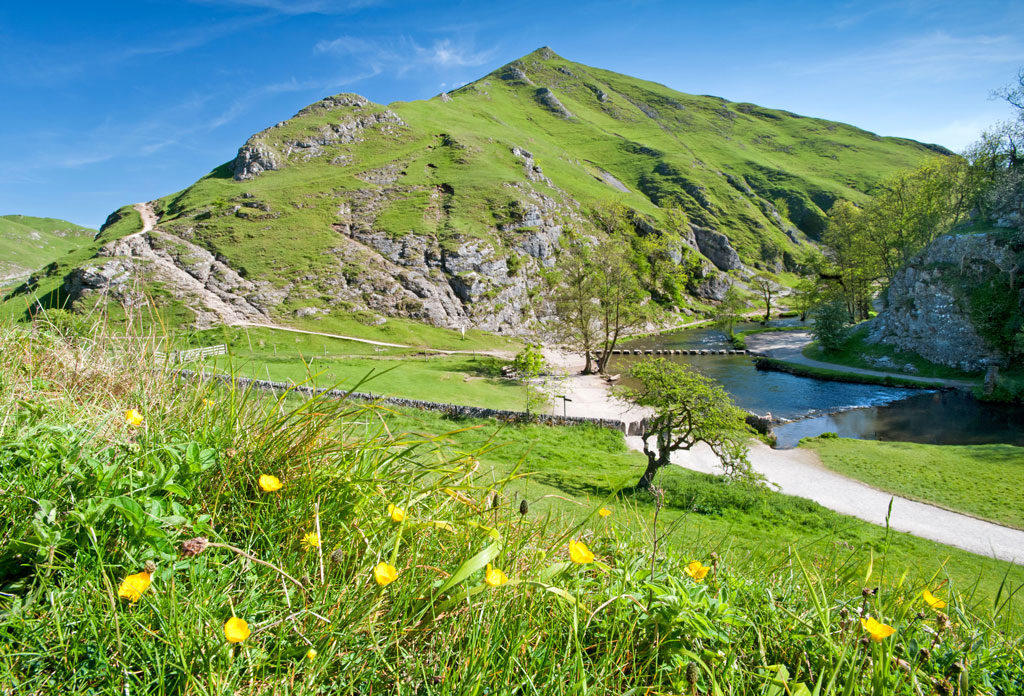
Tucked among the Peak District’s rolling hills, meanwhile, are some of the finest stately homes in central England. Top of the list is surely spectacular Chatsworth House, where more than 100 acres of gardens surround a truly grand residence which has passed down through 16 generations of the Cavendish family. Its art collection alone – spanning four millennia – means it should be part of any Peak District itinerary, and Capability Brown himself had a hand in the layout of the gardens.
But Chatsworth is just the start. The region also holds the Elizabethan masterwork that is Hardwick Hall – where the windows are so numerous it’s often described as “more glass than wall” – and the crenellated medieval majesty of Haddon Hall, which has starred on screen in both Jane Eyre and Pride and Prejudice. Lyme Park, once a hunting lodge and still an imposing stately home, is another gem with extensive grounds.
By way of contrast to these mighty mansions rising from the land, the White Peak also has large-scale attractions underground. Poole’s Cavern near Buxton is home to vast subterranean chambers, and the show caves around the town of Castleton – so named for the ruined 11th-century castle that still stands here – provide more of the same.
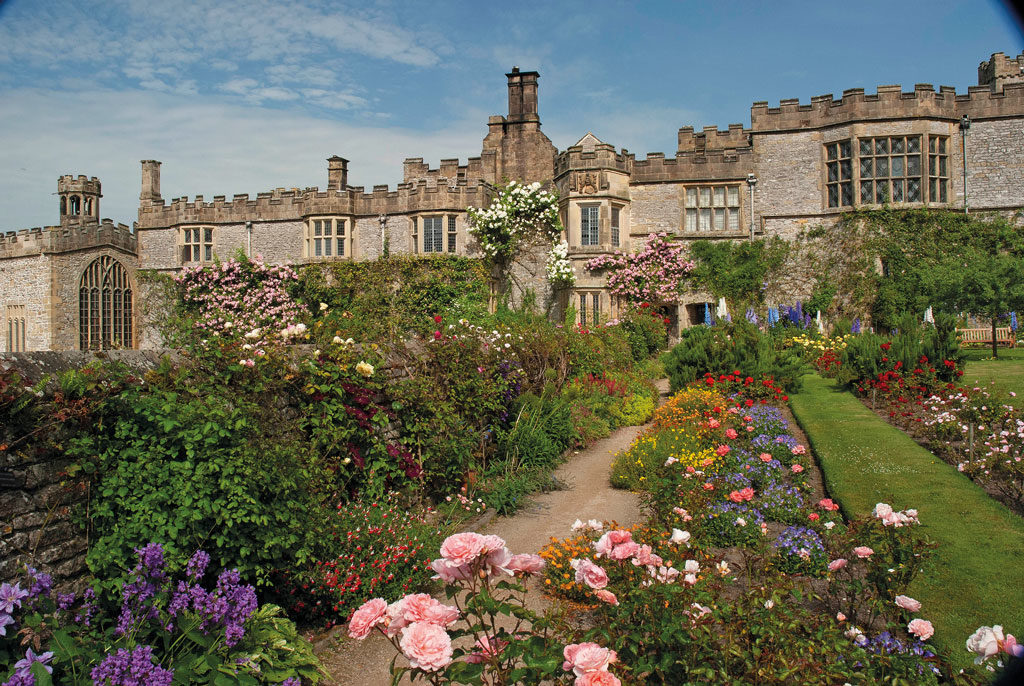
Some of these, such as Treak Hill Cavern and Blue John Cavern, grant access to natural netherworlds of rare rock types and age-old stalactites and stalagmites. Others, including Speedwell Cavern and Peak Cavern – the latter, incidentally, also known as The Devil’s Arse – give insight into the underground industry and mining practices that have been a part of Peak District life for so long.
The creator of Sherlock Holmes, Arthur Conan Doyle, was so impressed by the scale and extent of the mines and caves beneath the region that he pronounced “all this country is hollow – could you strike it with some gigantic hammer it would boom like a drum.” It’s known that the author once stayed at Castleton, and the fact that he later set a story in the area shows that the formations above ground made no less of an impression.
Not far from Castleton is the great shapely hill of Mam Tor, arguably the best-known summit in the National Park. Once the site of a hillfort, its 517-metre-high top can be reached with relative ease via a paved footpath. Being roughly at the centre of the entire region, it grants deep views in every direction. If you’re in the mood for continuing the walk, the Great Ridge carries on from Mam Tor, eventually rising to meet Lose Hill, a popular hike of around 2.5 miles each way.
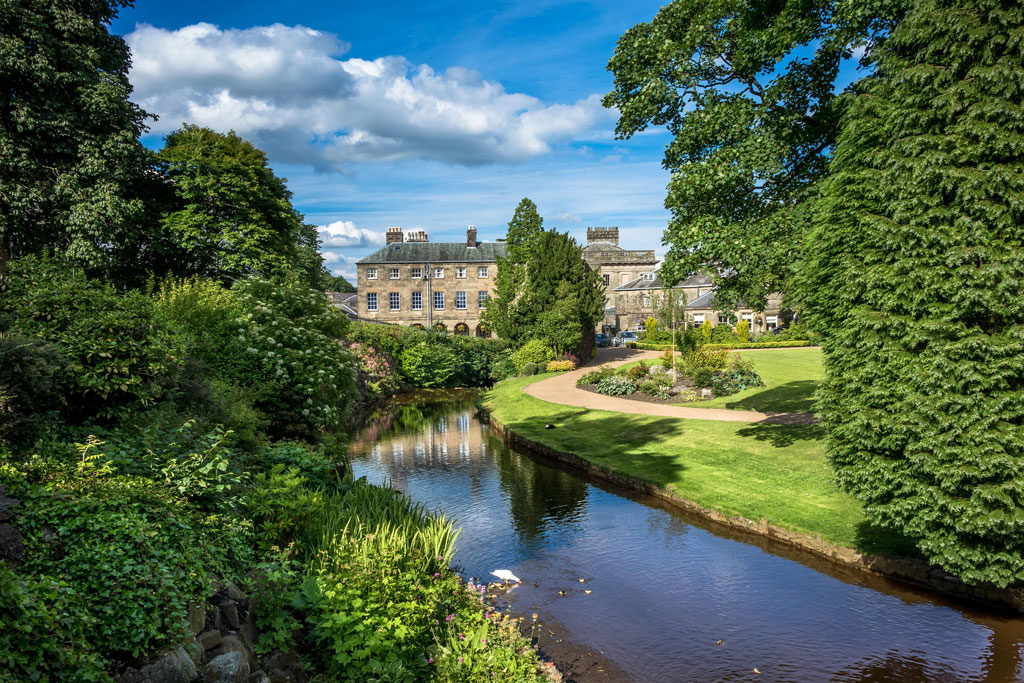
The Peak District is full of more challenging outdoor options, from the climbing hotspot of the Stanage Edge escarpment to long-distance treks such as the Pennine Way, which begins here in the mellow little village of Edale. If you’d rather sample the scenery in a more sedate manner, however, the options are just as numerous.
The three adjoining reservoirs of Ladybower, Derwent and Howden offer miles of flat walking and cycling terrain, as well as the chance to encounter more history – the area was used for dummy trials of Professor Barnes Wallis’ famous ‘bouncing bomb’ in the Second World War, thanks to its physical resemblance to Germany’s Rühr dams. It later starred in the film The Dam Busters.
Further south is picturesque Dovedale, a valley known for its stepping stones and meandering river. It draws plenty of visitors, but do make the effort to walk past the stepping stones, after which the crowds start to thin. And if you’d rather avoid the main flow of tourism altogether, the region has a whole host of quieter scenic valleys, among them Cressbrook Dale, Monk’s Dale and Peter Dale. Because that’s the thing with a place as broad and varied as the Peak District – it’s packed with attractions, but there’s also plenty of space to go round. Which, somewhere as handsome as this, can only be a good thing.
Getting there
The Peak District is easily reached by car, being around 3hr 15min from London, 1hr 30min from Birmingham and only an hour or so from Manchester. The National Park is also well served by bus and rail, with train stations at places such as Edale, Hope and Hathersage. nationalexpress.com; thetrainline.com
Where to stay
The Cavendish Hotel on the Chatsworth House estate offers finely furnished rooms and an excellent restaurant. The Peacock at Rowsley is a luxurious option near Bakewell with four-poster bedrooms and a fine-dining restaurant. Alstonefield Manor is a B&B with bags of charm, set in a country house on the hills above Dovedale. Expect fresh flowers, high-class decor and scones and tea on arrival. cavendishbaslow.co.uk; thepeacockatrowsley.com; alstonefieldholidaycottages.com
Where to eat
An atmospheric 18th-century pub on the village green at Alstonefield, The George offers Michelin-recommended dining, thanks in part to having its own vegetable garden. Other local produce, such as Derbyshire beef, features heavily on the menu. thegeorgeatalstonefield.com
READ MORE: The Lake District: an insider’s guide

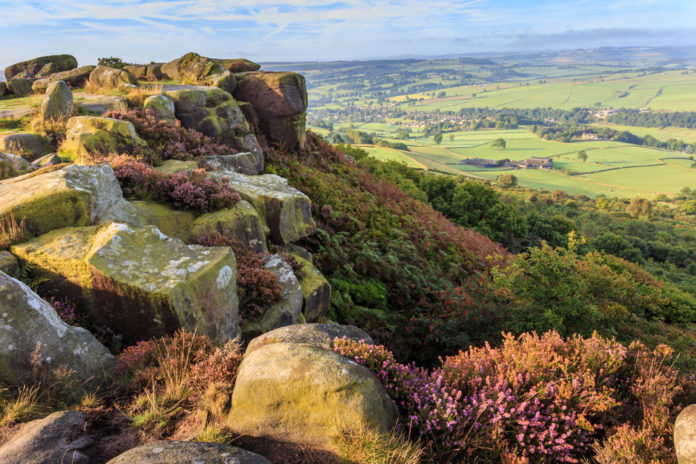




 © 2024
© 2024